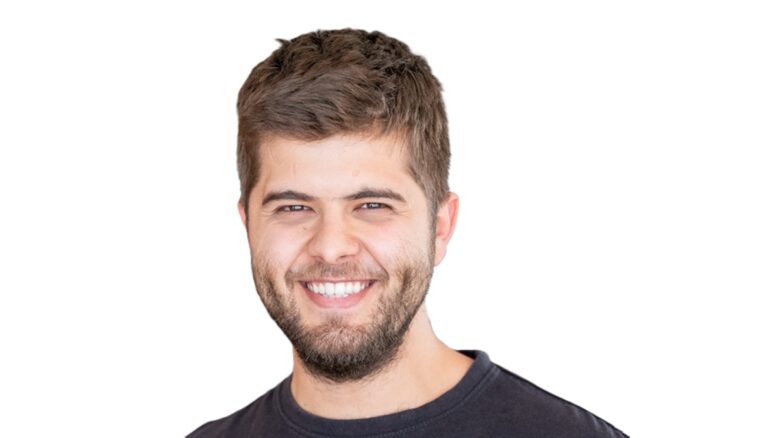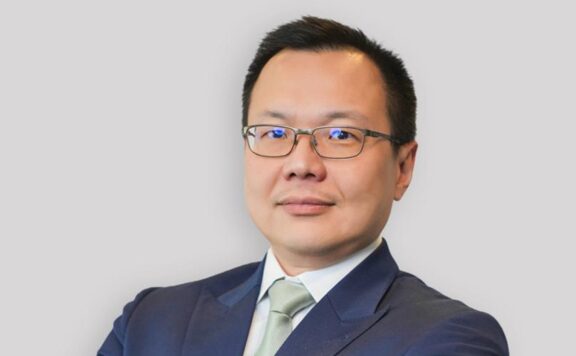Walid Daniel Dib, CEO of Better, explains that Better is an AI-native wellness platform reinventing product development in MENA by pre-validating demand, launching zero-risk hero products, and scaling with fast feedback loops, lean stacks, and deep user obsession.
What inspired you to launch Better, and what problem are you aiming to solve with the app?
We spotted a common flaw: consumer brands were overbuilding before testing demand. Better was created to flip that script. We’re fixing the broken product development cycle by launching risk-free hero products — validating demand with real customers before investing in inventory. It’s not just better self-care; it’s a smarter engine behind it. Think Eyewa meets Midjourney, but for wellness.
Can you walk us through your startup journey — from the initial idea to turning It’s Better into a live platform?
We started by testing whether people would buy self-care essentials before we even held inventory. When conversion came in high, we knew we were onto something. We built a lean stack powered by AI, and used it to launch rituals people actually wanted. From WhatsApp MVPs to our current site, everything’s been about speed, data, and iteration.
How would you describe your target market, and what makes the Middle East a key region for your app’s growth?
We’re building for the wellness-aware MENA millennial who craves quality, convenience, and curation. KSA and UAE are our launchpads: high digital spend, growing e-commerce infrastructure, and a deep need for personalized wellness. We’re localized, yet scalable.
What is the core business model behind Better, and how do you plan to scale it sustainably over the next few years?
We’re D2C 3.0: risk-free product launches, data-led iterations, and automated fulfillment. We’re evolving into a self-driving consumer brand that can validate and scale 1,000+ hero products.
What were some of the biggest challenges you faced while building the app and bringing it to market, and how did you overcome them?
Building lean meant wearing 10 hats with zero budget. Logistics, payments, retention… Everything was duct-taped early on. But we stayed obsessed with one thing: user feedback. That focus helped us course-correct in real time, and punch above our weight.
How do you see the competitive landscape evolving for lifestyle or decision-making apps in the Middle East, and where does Better fit in?
Most players are marketplaces or content platforms. Better is different — we’re a vertically integrated wellness engine. Think of us as the infrastructure behind smarter consumer decisions and seamless product delivery. We’re not chasing trends; we’re building the rails for 10x faster consumer innovation across MENA.
How did you secure funding for your venture, and what is your perspective on the current investment landscape for startups in the market?
We started with angels who backed our vision of intelligent commerce. MENA’s investor landscape is maturing. Founders just need to show traction early. If you’re solving real problems with real unit economics, capital follows.
Are you currently seeking to raise additional capital? If so, how much are you targeting, at what valuation, and based on which key metrics? What makes your venture an attractive opportunity for investors moving forward?
Yes, we’re currently raising $1M on a $5M post-money SAFE. In April alone, we generated $50K in sales with just a two-person team — operating near profitability. Our CAC is now under $30. But we’re not just another D2C brand. Better is an AI-native wellness platform, designed to scale with software margins inside a consumer-facing shell. We move fast, validate early, and build products people actually want — driven by tight feedback loops and high LTV.
What advice would you give to budding entrepreneurs in the Middle East who are thinking of starting their own tech ventures?
Don’t wait for perfect — launch the scrappy MVP. Watch what users do, not what they say. Build fast, learn faster. In MENA, speed is leverage. The future belongs to those who iterate faster than others can imitate.





